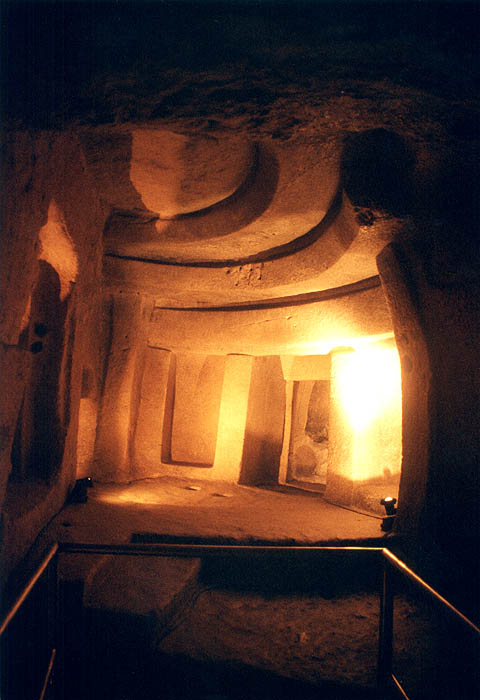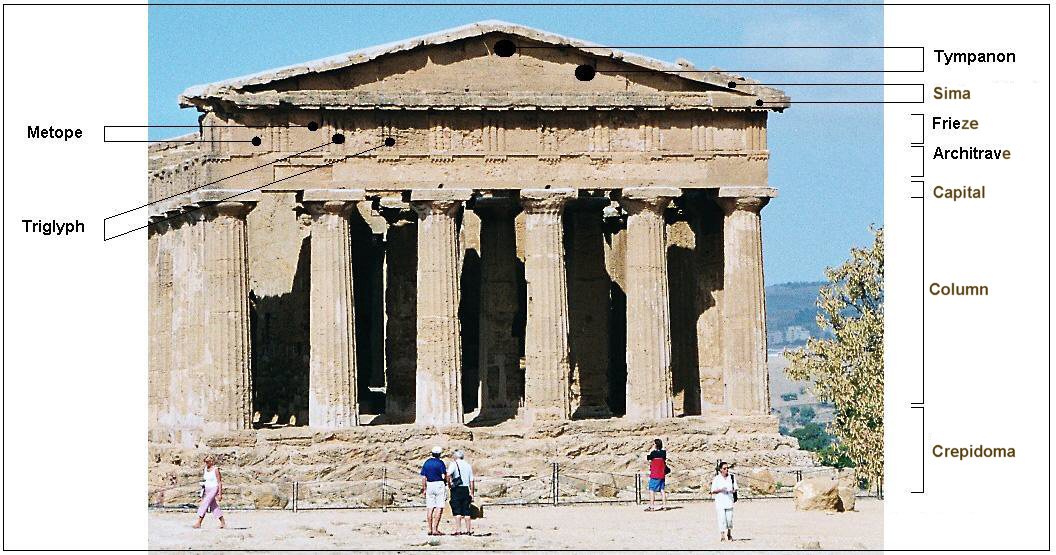 |
| Maltese Prehistoric temples |
The development in architecture started from prehistoric times especially when it come to temples. The emphases on construction of temples started from prehistoric times. In Malta we are fortunate enough that we can still enjoy temples from as far as 5000 BC. We can see the importance of the building by the scale of materials used and the layout of the construction. The building of a temple was always placed in a part of importance in cities. This characteristic can be seen even in Greek architecture. In Greece the temples were build as a focal point in the city. Temples were built in every city of Greece and even in cities that Greece conquered from around the Mediterranean.
 |
| Roman Architecture Features |
 |
| Greek Temples |
One of the most importation thing in construction is the material used. in prehistoric times limestone was generally used with other materials such as soil. The Greeks also used limestone as their construction material and added marble as another material which is known for its properties such as strength. The Greeks then improved their technique in construction which was successful as their buildings still stands today. The Greeks build their building with limestone and marble which were held in place by the insertion of bronze or iron pins set into molten lead which served as a system to withstand earthquakes. This construction method was later developed and is still under development today especially in areas which are frequently hit by earthquakes such as japan.
 |
| Reinforced concrete and the use of pillars as support for more ground space. |
one of the developments that were achieved in time was the use of steel as a reinforcement. steel was later used as a material to reinforce concrete which made the material stronger and more flexible which contrast the brittle material that was before reinforcement. An architect which improved and introduced more the reinforced concrete to the architectural world was Le Corbusier. He started to introduce steel reinforced concrete. his concept was to make buildings stronger with more space available to the user. by the introduction of stilts and columns similar to the technique used by Greek architects, Le Corbusier managed to get rid of internal supporting walls which gave more interior space to the building.
The use of columns in Greek times gave the architects to construct higher buildings with larger interior space as these building were temples. later the Roman architects used similar techniques and improved and invented other construction methods such as the Arch which contrasted to the triangular support used by the Greeks in their construction. In addition, columns were used by roman architects even when they were not needed as structural support, the purpose was to give the building more traditional and familiar look. This is a similar approach that the architects of Deconstructivism too in their design as some of the buildings components were made for aesthetically value rather then for functional matter in contrast to the architects of the International Style which used methods such as pillars and stilts to remove interior support walls from more spacious environment.
 |
| Construction using steel frame instead of concrete stilts. |
Later, in today's architecture, even the used of stilts were improve as some architects are using steel frame as a construction method especially when the building consists of a strange design especially when organic shapes are used such as some buildings of Peter Eisenman and Zaha Hadid.
Without any doubt the improvement which was achieved all over the years is impressive and in today's world we are fortunate enough to have a lot of technology which enable testing of different new methods that can improve construction and architecture .
Reference:
Greek Architecture -- Ancient History Encyclopedia. 2013. Greek Architecture -- Ancient History Encyclopedia. [ONLINE] Available at:http://www.ancient.eu.com/Greek_Architecture/. [Accessed 23 December 2013].
MY ARCHITECTURAL MOLESKINE®: PETER EISENMAN IN TOKYO: KOIZUMI LIGHTING THEATER. 2013. MY ARCHITECTURAL MOLESKINE®: PETER EISENMAN IN TOKYO: KOIZUMI LIGHTING THEATER. [ONLINE] Available at: http://architecturalmoleskine.blogspot.com/2011/11/peter-eisenman-in-tokyo.html. [Accessed 23 December 2013]
Roman Architecture -- Ancient History Encyclopedia. 2013. Roman Architecture -- Ancient History Encyclopedia. [ONLINE] Available at:http://www.ancient.eu.com/Roman_Architecture/. [Accessed 23 December 2013].
Greek Architecture: Doric, Ionic, or Corinthian? - For Dummies . 2013.Greek Architecture: Doric, Ionic, or Corinthian? - For Dummies . [ONLINE] Available at: http://www.dummies.com/how-to/content/greek-architecture-doric-ionic-or-corinthian.html. [Accessed 23 December 2013].
Architecture in Ancient Roman - Crystalinks. 2013. Architecture in Ancient Roman - Crystalinks. [ONLINE] Available at:http://www.crystalinks.com/romearchitecture.html. [Accessed 23 December 2013].
No comments:
Post a Comment